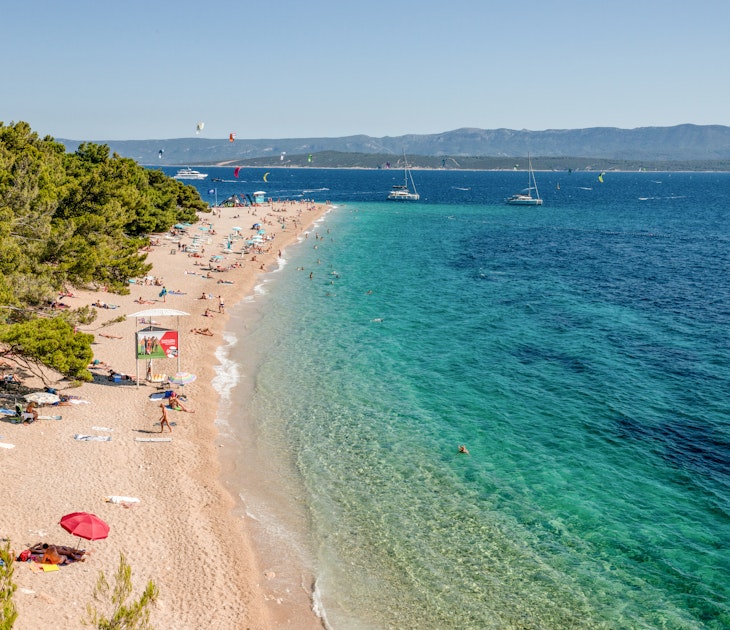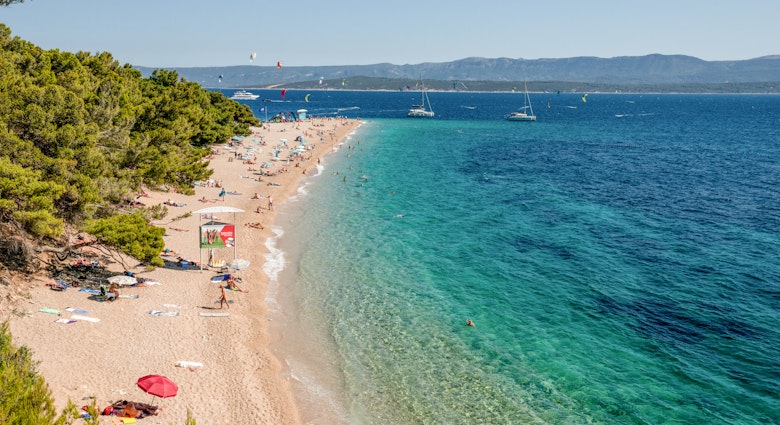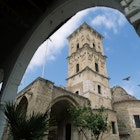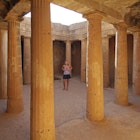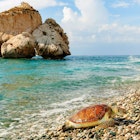Cyprus is a small island with a huge amount of fabulous things to do. The appeal includes several millennia of history — including some of the most incredible ancient sites in the Mediterranean – spectacular beaches, bounteous platters of superb food and much, much more.
The island's bifurcated cultures uneasily coexist yet they’re unified by a welcoming tradition of hospitality that will have you looking for ways to delay your departure. It's easy to visit both the Greek Republic of Cyprus and the Turkish Republic of Northern Cyprus via the seven border crossings linking the two halves of the island.
Travelers from many countries can visit both north and south without a visa, opening up a fascinating journey through both Greek and Turkish culture. Here are the best things to do in Cyprus.
Cross the line
The UN-administered Green Line has split Cyprus in two since 1974. Most people head for the Republic in the south, ignoring the comparatively less-visited Turkish Republic of Northern Cyprus, with its natural beauty, ancient ruins, rich culture and Turkish accent.
Among the unmissable surprises in the North, make time for historic Famagusta (Gazimağusa), which hides Gothic beauty behind its Venetian-era walls, and the Karpas Peninsula, with its wild beaches stalked by wilder donkeys. If time is short, hop over the border on foot to explore North Nicosia (Lefkoşa), where each twisted alley leads to another architectural treasure.
Find the perfect Mediterranean package in Pafos
Is Pafos the best all-around city in Cyprus? That's for you to decide, but we love its beguiling seafront strip of excellent cafes and beaches, and its backstreets lined with medieval buildings and mysterious chapels. For many, the top sight is the collection of Roman mosaics in Pafos' sprawling shorefront archeological site, but make time for the colonial district with its excellent museums, and the brilliant diving offshore. Maximize your time for fun and fly into Pafos’ international airport, saving yourself a drive from Larnaka — you’re going to need every spare minute in Pafos.
Discover Cyprus' national parks
The national parks of Cyprus cater to every taste, from family-friendly expanses perfect for picnics – complete with playgrounds and mountain views – to vast, remote retreats in the hills. Reserves such as Cape Greco National Forest Park and Troödos National Forest Park do a great job of preserving the island’s natural beauty; come to stretch your legs and explore pine forests, wildflower-blanketed meadows, craggy limestone cliffs, isolated beach and even snowy peaks. You can swim and ski all in one day!
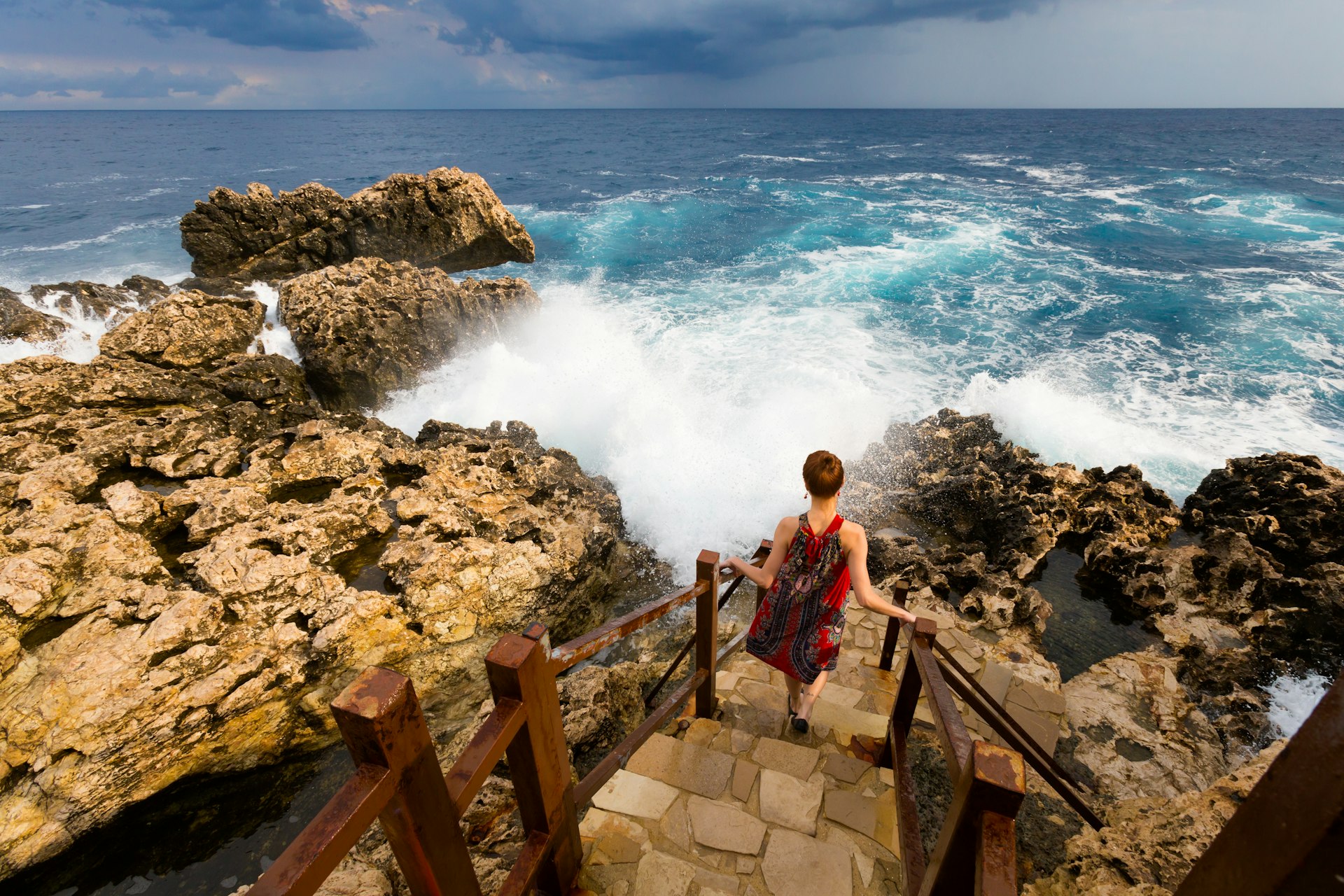
Feast on more meze dishes than you can count
Meze is short for mezedes (“little delicacies”), a Cypriot food tradition that’s as much Turkish as it is Greek. And there's no better way to unify the island’s cultures than through a seemingly ceaseless cavalcade of small plates of Cyprus delicacies, hot and cold, savory and sweet, freshly made and preserved.
Get a group together and don’t stop the culinary assault until you’re at least 10 dishes past the point you lost count. Best of all, there’re plenty of excellent local wines to lubricate the feast. Start the sampling at Zanettos Taverna in Nicosia (Lefkosia), which has been cooking up a storm since 1938.
Dive the Zenobia
Considered one of the very best wreck dives in the world, the Zenobia was a Swedish-built freighter that went down off Larnaka in 1980. Today, a jumbled cargo of trucks spills out of its broken holds like an aquatic scrapyard. Local dive operators arrange trips for people of all skill levels. You can explore the decks of the ship and revel in the teaming marine life attracted to this unplanned artificial reef.
Tour the Byzantine churches of the Troödos
“Bright” doesn’t suffice to describe the colors splashed over the interior walls and ceilings of these outwardly unremarkable-looking churches dropped into clefts in the Troödos Mountains. From the 11th to the 16th centuries, countless artisans transformed the interiors of these stone chapels into works of art that are rightfully listed as Unesco World Heritage sites. Once you enter Panagia Forviotissa chapel – or any of the other late- and post-Byzantine chapels nearby – give yourself extra time to savor the vibrant details.

Have a therapeutic pounding at Büyük Hamam
In the medieval Iplik Bazar–Korkut Effendi quarter of North Nicosia, look for the tiny ornate door set 2m below street level that leads to this traditional Turkish bathhouse. Originally part of the 14th-century Church of St George of the Latins, this cultural relic provides the full soak-and-scrub experience, from a rough exfoliation with black soap to a pounding massage. For the complete treatment, come during the early evening most days when “touristic services” are offered.
Find solace in the Sanctuary of Aphrodite
Cyprus is packed with sites related to the ancient Greek goddess of love, passion and plenty of other pleasures. Yet somehow, one of the most significant places linked to the island’s patron goddess is also one of the least visited. Credit to Unesco for making these handsome Greek and Roman ruins a World Heritage Site. An interesting museum gives context for the treasures while walkways around the site have splendid seashore views.
Stroll around Kyrenia’s historic harbor
A cauldron of history, the old harbor in the heart of Kyrenia (Girne) has a little bit of history from every era, including a looming castle with relics from the Romans, Ottomans, even Richard the Lionheart. Toss in the disheveled remains of a 16th-century church, a centuries-old mosque, abandoned stone warehouses subsiding into oblivion plus the inevitable Greek and Roman ruins and you have a heady — and unrestored — mix of the island’s legacies.
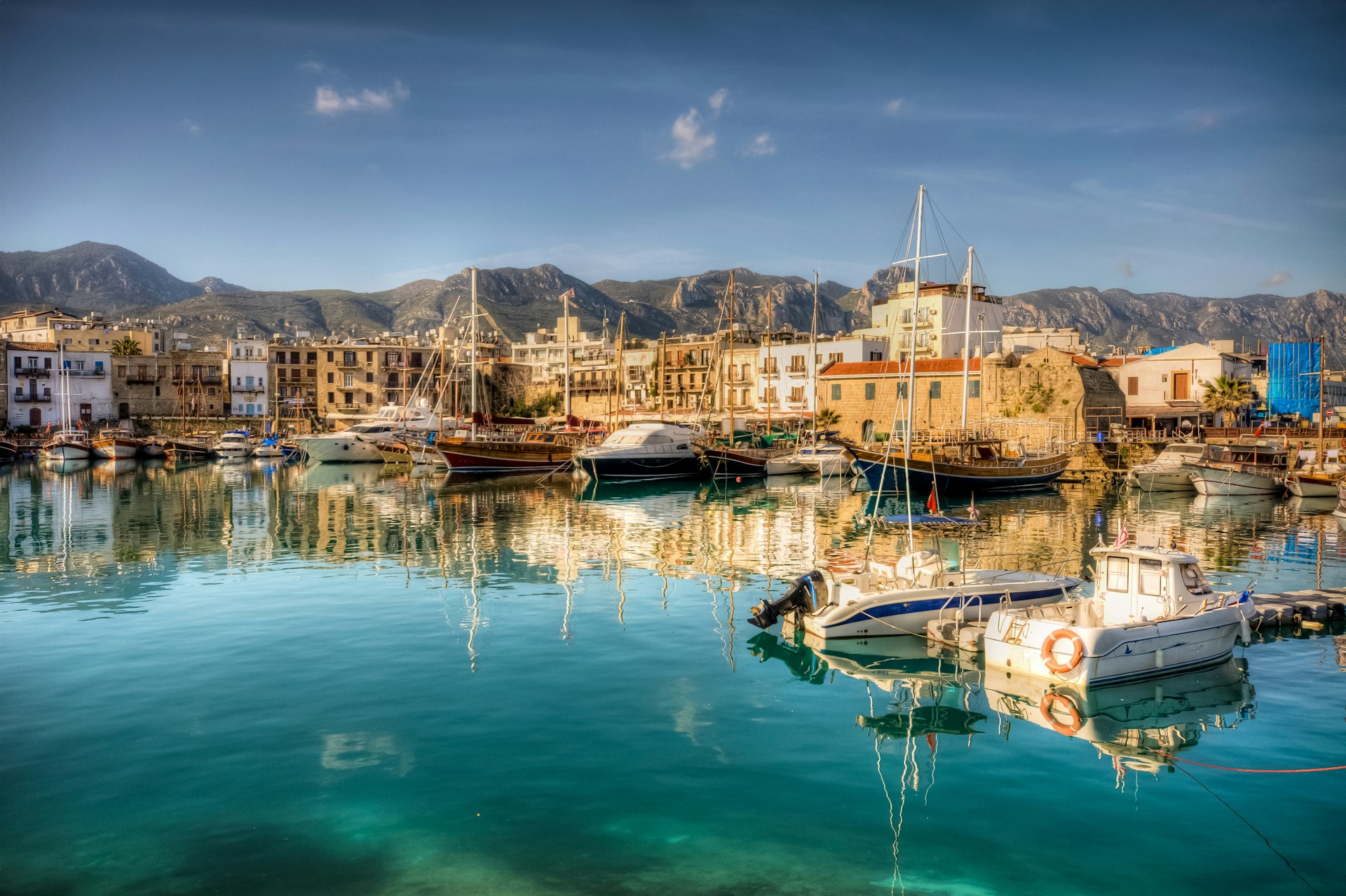
Join the coffee debate
Turkish coffee or Greek coffee? Debating the differences between these two cups – both central to the cultures of their respective portions of Cyprus – may divide more than it unites, but lucky you getting to do the research to form your own conclusion. Compare these strong little cups brewed from finely ground beans in the stylish cafes of Nicosia (Lefkosia) and the humbler backstreet stalls in North Nicosia (Lefkoşa).
Marvel at the mosaics at Pafos Archaeological Site
The archeologists have their work cut out for them at the sprawling Pafos Archaeological Site, given that all the magnificence on display is but a fraction of what is thought to still be under the ground, waiting to be uncovered. The Romans loved their mosaics, and the examples in this ancient city from the 4th century BCE are superb even by their high standards. Wander amidst reconstructed arches, outcroppings of wild sage and impossibly huge blocks of marble and let loose with your inner toga.
Party on the beach
Protaras at the east end of the Republic is the anchor for a string of beaches that erupt with joyful crowds and pleasure all summer long. Here you don’t decry the mobs, you join them for fun, both in and out of the water, all day and all night long. One of the best options here, Fig Tree Bay has a small sand island just offshore and a staggering assortment of clubs, bars, watersports rental shacks and much more inland.

Windsurf Cyprus' wind-buffed coves
Windsurfers of all skill levels can find ideal conditions at some point along the island’s filigreed coast. Beginners can take lessons and learn the ropes in the sheltered waters of Pissouri Bay, between Lemesos (Limassol) and Pafos on the southwest coast. Those who’ve mastered their boards can battle the blows at world-class sites like Lady’s Mile Beach on the Akrotiri Peninsula.
Get lost in Ancient Salamis
Littered with the detritus of great civilizations from the ancient Greeks to the Byzantine empire, with Assyrians, Romans and a few others in between, the grand archaeological site of Ancient Salamis is one of the glories of Cyprus. Stake out a seat in the large amphitheater and ponder the passing of one of the ancient world’s great city-states, then lose yourself on the paths that wander through these spectacular seaside ruins.
Wander Cyprus' wine-tasting villages
The sun-drenched, south-facing slopes of the Omodos region form the heartland of Cypriot wine culture. Grapes have been grown here for centuries and every farmhouse is said to have old wine-making tools in its cellar (check out the collection at Socrates Traditional House). Today, more than 50 wineries operate in these tiny hillside villages and the region is known for its bold Shirazes and cabernets as well as some pleasing dry whites. Touring and tasting in these splendid surroundings makes for a fine afternoon.
You may also like:
The best places to visit in Cyprus: from Aphrodite's rock to Adonis' bath
See a different side to Cyprus on these stunning hikes
The 8 most beautiful beaches in Cyprus for wildlife, swimming, and partying


